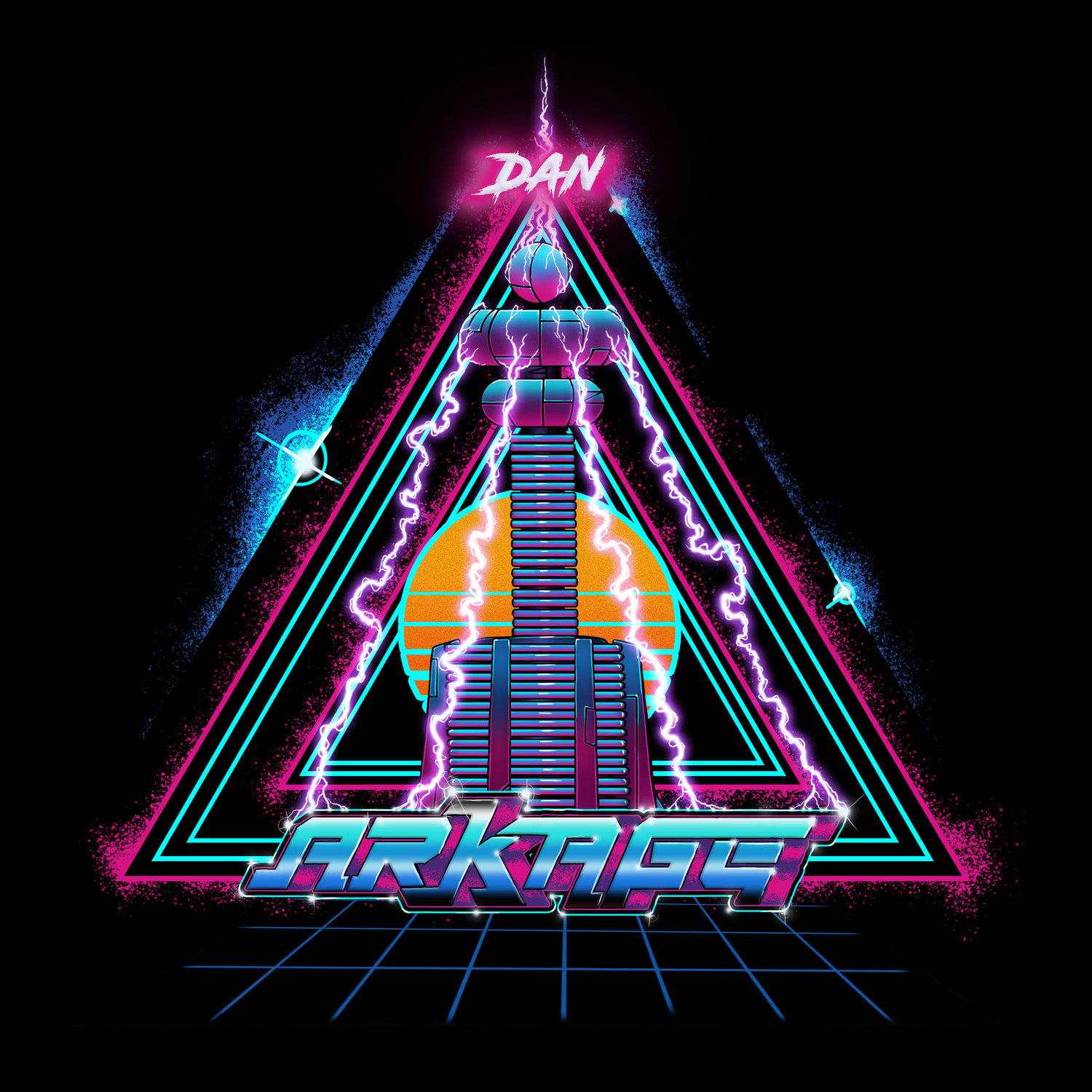Do you like the following things: Indie games, robots, the post apocalypse and cats? If you said yes to one or more of those things, especially the one about cats, then you should play Stray, the latest game from developer BlueTwelve Studios.
In Stray, you play a stray cat. You can run, jump, meow - everything a cat can do short of your licking yourself inappropriately. The game opens on the cat and its litter, where you can run around a small platform and play with your friends in an adorably cute and cuddly fashion, before exploring further a field and eventually stumbling into the games main story. The cats, from the off, are excellently rendered and if you have had or been around felines for any period of time feel right in the way they move, which is incredibly impressive and lets be frank here, if they messed that up the whole game would fail before it even began.
Fortunately they nailed it, and as you explore more as the cat you stumble into the world of the robots, sentient automatons with CRT monitors for heads and each one having its own personality, emotions and motivations. Some are main characters, some are side and some simply add a bit of lived in flavor to the world around you. The city you explore feels lived in and, without getting spoilery, in more ways than one.
Not long after you arrive in the city you find a small hovering drone called B-12, who interprets the robots language for you and communicates with them, gives clues and stores useful items for the adventure ahead. He is how the game splits the difference between roleplaying as a cat and giving you an actual adventure to carry out and it works really well. Also, if you think that loveable ginger cat is cute, wait until you see B-12!
The art of the world of Stray is really cool, the robots have a striking design that I personally really dug, with the story giving context for how they dress and differentiate themselves from one another. This differentiation also reflects a slight meta commentary on social class systems in the real world. It’s not the deepest thing ever produced, but, again, it adds to the environmental storytelling in the beginning of the game.
The large levels are built with the cat's abilities in mind. These aren’t some supernatural thing, the cat is literally just a cat with a drone on its back, but each level is built so that if you think a real world cat could make a particular jump then the one in game definitely can. It gives a sense of just knowing how to play because you have almost definitely seen a cat jump before and it just makes sense.
The game doesn’t out stay its welcome, being a relatively short experience at around six hours of play time and that is a good thing, if the developers had attempted to pad things out with lots of side quests it would have gotten boring very quickly because while there is a version of combat for a very, very, small amount of time, it's not like the cat is a tiny four legged tank, it really is just a cat.
By the end of the game your heart will be warmed and you will still be left with a few questions you might want answered, but you will be left satisfied with the conclusion. It’s one of those stories where not everything is wrapped up neatly with a bow, and that is a good thing because it leaves you thinking about the game way after you have put it down and coming up with your own potential answers. It sounds weird to say but I kinda hope they don’t make a sequel and just leave Stray to be the unique, satisfying experience it is.





































